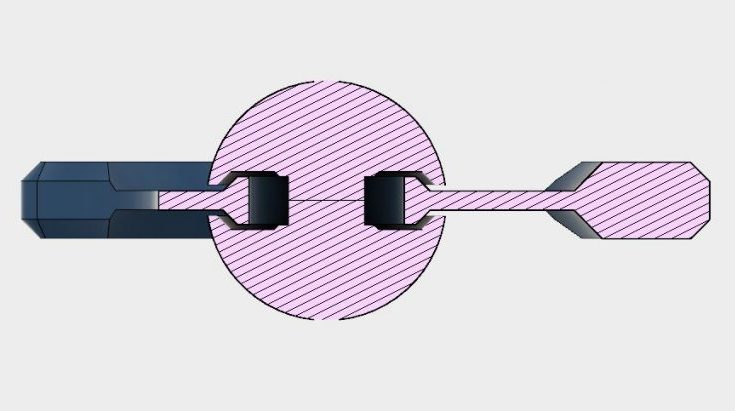3D Prints, Product Design
How to Design for 3D Printing
3D printing is the fastest way to go from CAD model to physical part. 3D printing also allows the designer to break many of the rules that apply to subtractive manufacturing techniques like CNC machining. With these powers combined…3D printing is awesome! But it’s not a free ride, to make great products you have to learn how to design for 3D printing.
3D printers, like any manufacturing method, have limitations. Inexpensive machines (<$3000) are generally all Fused Filament Fabrication (FFF) types, so that’s what we’ll focus on for now. These machines construct 3-dimensional parts by building them layer-by-layer with extruded plastic. Generally these printers print one layer at a time on a fixed X-Y plane. After one layer is complete, the build platform moves down by one layer thickness (or the print head moves up), and another layer is deposited. What can you make with FFF 3D printing? Check out our portfolio page for clever examples.
So, how do you design for 3D printing? Easy — learn these ‘rules’ that I use when I design 3D printed parts.
Keep in mind, rules are only guidelines; please stretch and break these as much as you can to learn about your machine and its capabilities.
-
-
- Design your part to have a flat surface. While it’s not critical, it’s very helpful to have a nice flat surface to select as your first layer. You can have your slicer fake it with support material, but support material is a pain to clean off and can mess up your beautiful layered surface finish.
- Keep under-hanging angles near or below 45°. If you keep your underhangs at or below 45°, you won’t need support material! They’ll all come out looking very nice and you’re more likely to have successful prints on the first try.
- Keep bridges to about 30mm or less. Bridging–the act of trailing filament between two supports (forming a bridge)–is fun. As long as you keep them short, it’s easy, too. If you’re planning a bridge on a large part, try to test it out first to make sure your part won’t fail. Nothing’s worse than having a print fail towards the end of a large part! EDIT: I just bridged 80mm. It took a couple layers to firm up but I was blown away that it worked as well as it did. It just goes to show…BEND THE RULES!
- Design your own support material. You can minimize the supports needed and the effort required to remove them by designing them yourself. Obey rules 2 and 3 and keep the supports small enough to easily trim with a pair of snips.
- Use the X-Y gantry for complex geometry. The X-Y gantry moves with very good resolution. The Z: not so much. I think the topographic look formed by the layers of material is really cool, but if you have complex geometry that you want to come out just right, try to use the X-Y gantry as much as possible. Common examples include holes, text, and logos.
- Load along the layers. If you are designing a part that sees some load, design it in such a way that the loading does not try to pull apart the layers. Any applied forces and bending should be along the layers. Think about it like this: if you only printed half of your part, do you still have the necessary geometry to support your loading scheme?
-
Now you know it — how to design for 3D printing. Go make stuff! Keep these rules in mind, but be sure to stretch them.

